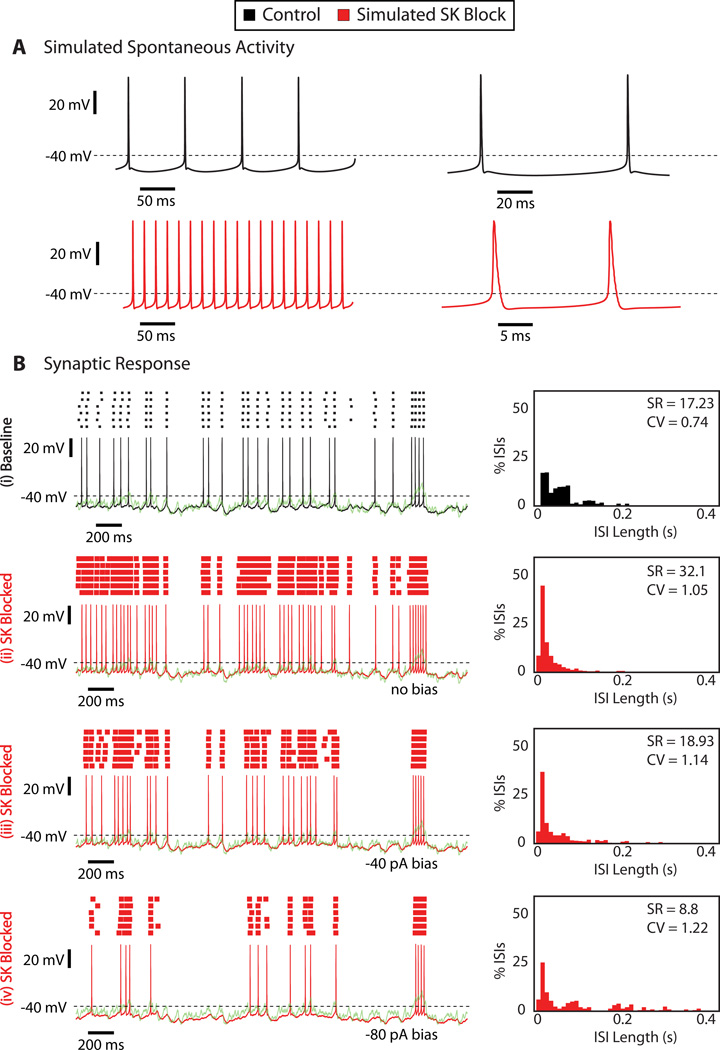Figure 3. Computer simulations using a full morphological CN neuron model suggest that two distinct mechanisms are required for observed effects of SK block on synaptic spike response function.
A: Spontaneous activity of the CN model neuron before (black) and after (red) simulated SK block. To simulate apamin application, SK channel density was reduced to zero in the CN model neuron. B: Stimulus aligned voltage response of the CN model to simulated dynamic clamp stimuli with and without SK conductance and varying levels of somatic bias current. SK block alone resulted in an increase of spike responses to weak and strong transient reductions in PC input. Adding an additional negative bias current of −80 pA (bottom trace) abolished the response to weak transients, while the response to strong transients remained above baseline excitability. The ISI histograms for trials with negative bias show a widening of the ISI distribution and increase in CV similar to that observed in the experiments.

